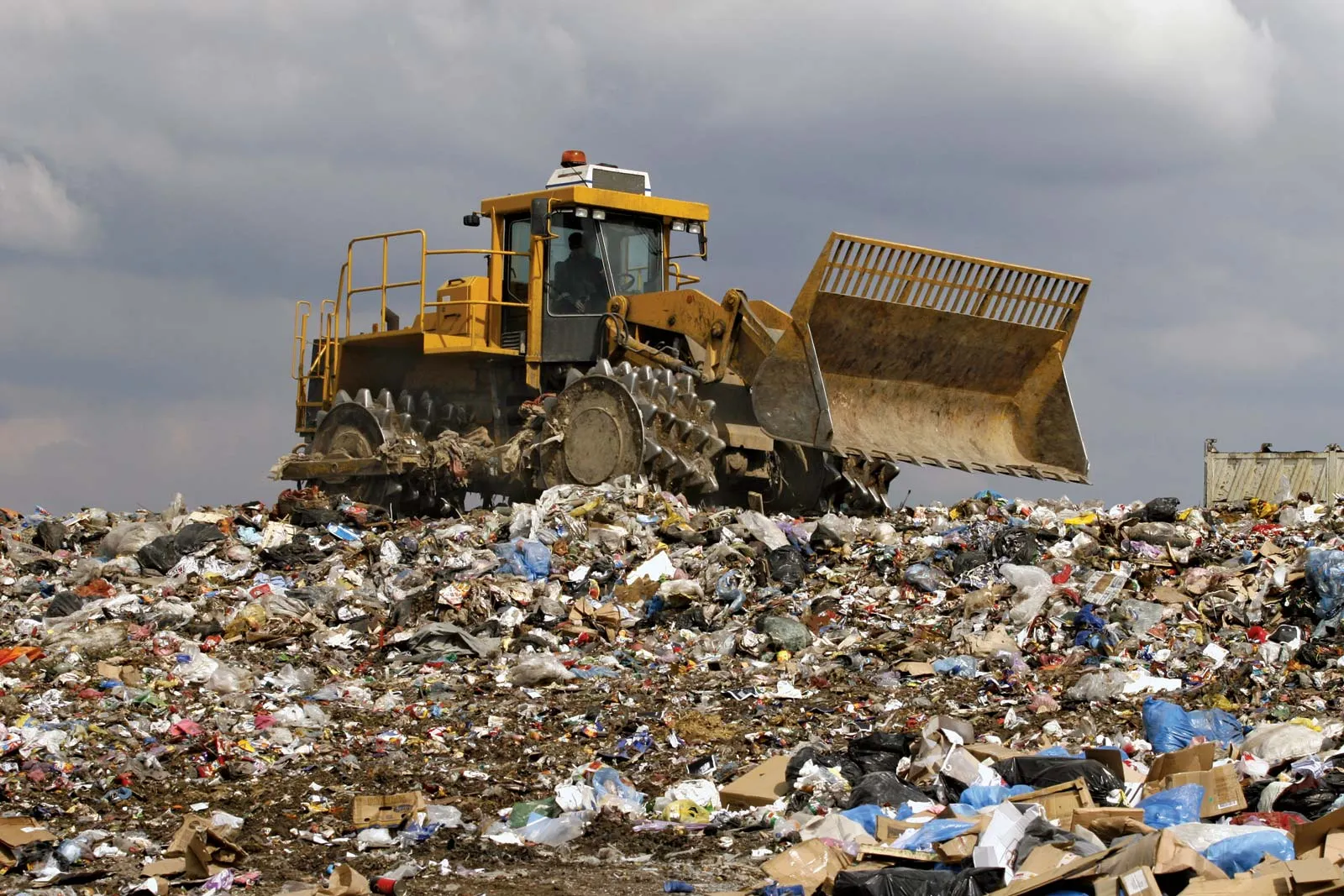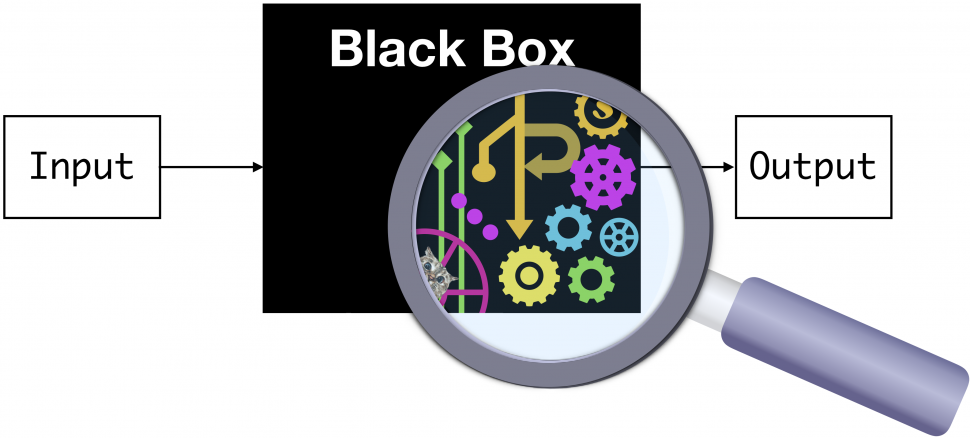- Courses
- GS Full Course 1 Year
- GS Full Course 2 Year
- GS Full Course 3 Year
- GS Full Course Till Selection
- Answer Alpha: Mains 2025 Mentorship
- MEP (Mains Enrichment Programme) Data, Facts
- Essay Target – 150+ Marks
- Online Program
- GS Recorded Course
- Polity
- Geography
- Economy
- Ancient, Medieval and Art & Culture AMAC
- Modern India, Post Independence & World History
- Environment
- Governance
- Science & Technology
- International Relations and Internal Security
- Disaster Management
- Ethics
- NCERT Current Affairs
- Indian Society and Social Issue
- NCERT- Science and Technology
- NCERT - Geography
- NCERT - Ancient History
- NCERT- World History
- NCERT Modern History
- CSAT
- 5 LAYERED ARJUNA Mentorship
- Public Administration Optional
- ABOUT US
- OUR TOPPERS
- TEST SERIES
- FREE STUDY MATERIAL
- VIDEOS
- CONTACT US
Food Waste Index Report (FWIR) 2024
Food Waste Index Report (FWIR) 2024

Introduction
- Food waste is one of the most overlooked drivers of climate change, food insecurity, and economic loss. It undermines sustainable development efforts globally while millions still go hungry.
- The Food Waste Index Report 2024, jointly published by the United Nations Environment Programme (UNEP) and WRAP, offers the most updated global estimate of food waste at the retail, food service, and household levels.
- Released on 27 March 2024, ahead of the International Day of Zero Waste, the report highlights the urgent need for collective action by revealing that in 2022, over 1 billion meals per day were wasted globally even as 783 million people faced hunger.
- The report supports progress toward Sustainable Development Goal (SDG) 12.3, calling for systemic action, better measurement, and collective solutions to halve food waste by 2030.
Key Insights from the 2024 Report
- Global Food Waste: In 2022, the world wasted approximately 1.05 billion tonnes of food — equivalent to over 1 billion meals per day — even as 783 million people faced hunger.
- Food Waste Levels: Around 19% of food available to consumers was wasted at the retail, food service, and household levels. An additional 13% of food is lost along the supply chain before it reaches retail.
- Per Capita Waste: The average food waste per person was 132 kilograms in 2022
- Household Waste Share: Households were responsible for the largest share, contributing to 60% of total food waste, followed by food services (28%) and retail (12%).
- Environmental Impact: Food loss and waste together are responsible for 8–10% of global greenhouse gas emissions — nearly five times the output of the aviation sector
- Economic Loss: The estimated global cost of food waste is close to USD 1 trillion annually
- Progress Stories: Nations with long-term tracking systems have shown measurable results — including Japan (31% reduction) and the UK (18% reduction) in total food waste.
Behavioural Trends and Regional Waste Patterns
- Consistent Household Waste Across Incomes: Food waste per capita at the household level varies by only 7 kg across high-, upper-middle-, and lower-middle-income countries — confirming that food waste is not just a rich-country issue.
- Climate and Waste Correlation: Countries with warmer climates report higher per capita household waste — due to higher reliance on fresh foods and weaker cold storage infrastructure.
- Urban vs Rural Dynamics: Urban households produce more waste, often due to less reuse and composting options, while rural households tend to divert scraps to animals, gardens, or neighbours.
- Global Perception Challenge: The report debunks the notion that food waste is a "rich country problem," showing that levels are consistent across global regions with differences largely due to infrastructure and storage conditions, not income alone
Tracking Progress: Data Systems and Gaps
- Expanded Data Coverage: The 2024 report includes data from 93 countries and uses 194 national data points, significantly improving coverage since the 2021 edition.
- Improved Household Data: The number of studies measuring household food waste has nearly doubled since 2021, enhancing global reliability.
- Limited Sectoral Readiness for SDG 12.3: Only four G20 countries — Australia, Japan, the UK, and the USA — along with the European Union, currently have comprehensive estimates suitable for tracking progress toward halving food waste by 2030.
- Data Scarcity in Key Regions: Africa, South Asia, and Southeast Asia remain under-represented in food waste estimates — especially in the retail and food service sectors.
- Need for Baseline Systems: Many countries still lack national baselines or regular reporting cycles, making it difficult to monitor progress over time or assess the impact of interventions.
- Integration into Climate Goals: As of 2022, only 21 countries had included food loss and/or food waste in their Nationally Determined Contributions (NDCs) — highlighting the need to align food policy with climate ambition.
Global Success Stories and Solutions
- UK – Coordinated National Action: Between 2007 and 2018, the UK achieved a 27% reduction in household food waste per capita through voluntary agreements, public campaigns, and business engagement under its Courtauld Commitment framework.
- Japan – Legislative and Local Action: Through its Food Loss Reduction Promotion Act, Japan recorded a 31% reduction in food waste between 2000 and 2019, driven by local food banks, public campaigns, and cross-sectoral cooperation.
- Public–Private Partnerships (PPPs): UNEP highlights PPPs as a key driver of success in countries like Indonesia, South Africa, Australia, Mexico, and the UK, where collaborative platforms foster shared solutions and innovation.
- Urban Circular Economy Models: Cities are testing circular systems where food waste is repurposed into compost, bioenergy, or animal feed, reducing pressure on landfills while creating economic value.
- Technology and Retail Innovations: In several countries, digital platforms help redirect surplus food from retailers and restaurants to NGOs and food banks, improving redistribution while lowering disposal costs.
- Local and Cultural Interventions: Campaigns tailored to cultural food practices and local norms — such as adjusting portion sizes or preserving traditional reuse habits — have shown higher behavioral impact at the household level.
- Monitoring and Transparency: Countries making meaningful progress invest in transparent food waste tracking, often supported by voluntary disclosure frameworks for businesses.
The Role of Consumers in Tackling Food Waste
- Households Waste the Most: According to the FWIR 2024, 60% of global food waste occurs at the household level, making consumers central to the solution.
- Cultural Habits Matter: In some cultures, cooking in large quantities or avoiding leftover reuse contributes to higher food waste, especially in urban middle-income households.
- Portion Planning and Storage: Lack of meal planning, poor storage practices, and confusion over expiry labels are key drivers of avoidable waste at the household level.
- Behavioural Campaigns Work: Countries like the UK have demonstrated that long-term awareness efforts, combined with practical tips and social nudges, can significantly reduce food waste.
- Rural vs Urban Dynamics: Rural households tend to reuse or repurpose food scraps more effectively — feeding animals, composting, or sharing with neighbours — while urban homes often lack these outlets.
- Social Norms Are Evolving: In areas with successful campaigns, food waste is increasingly seen as socially unacceptable, indicating that norm shifts are as important as infrastructure.
- Education and Engagement: School-based programmes, local events, and media storytelling are proving useful in shaping long-term consumer behaviour and food values.
Policy Actions to Reduce Food Waste
- Integrate Food Waste into Climate Policy: As of 2022, only 21 countries had included food loss and/or waste in their Nationally Determined Contributions (NDCs). The report urges governments to seize the 2025 NDC revision as a key opportunity to align food waste reduction with climate goals.
- Strengthen National Tracking Systems: UNEP calls on countries to establish or enhance national food waste monitoring frameworks, especially in the retail and food service sectors where data remains sparse.
- Invest in Public–Private Collaboration: Governments are encouraged to foster and finance cross-sector partnerships that bring together business, civil society, and academia to co-develop food waste solutions.
- Promote Food Circularity in Cities: Urban policymakers should design systems that transform food waste into compost, energy, or animal feed, creating closed-loop economies that reduce pressure on landfills.
- Support Behaviour Change through Policy: Policies should mandate clear food labeling, support consumer education, and incentivize community-level interventions that reduce household waste.
- Enable Data Transparency and Reporting: Policymakers are advised to encourage voluntary or mandatory food waste disclosure across industries, improving accountability and identifying hotspots.
- Leverage Financing and Innovation: Development agencies and national governments should earmark funding for innovative technologies, social campaigns, and measurement capacity-building.
Conclusion
The Food Waste Index Report 2024 makes it clear: the world continues to waste food at alarming levels while millions remain hungry. Progress on data and awareness is encouraging, but urgent, collective action is needed across governments, businesses, and households. By shifting from measurement to reduction, food waste can become a defining front in the fight against hunger, climate change, and resource loss.
Appendix A: Food Waste and Hunger in India
|
Appendix B: About United Nations Environment Programme
|
Appendix C: WRAP (Waste and Resources Action Programme)WRAP is a UK-based climate action NGO working globally to promote resource efficiency and circular economy solutions.
|
|
Also Read |
|
| NCERT Books For UPSC | |
| UPSC Monthly Magazine | Best IAS Coaching in Delhi |




